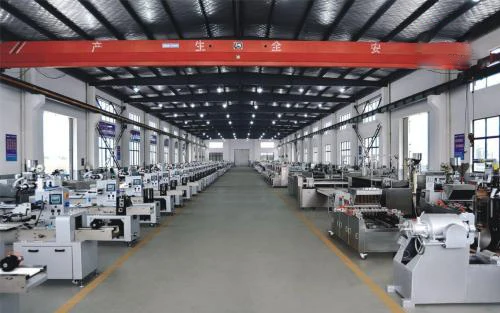feed pelleting machine
ធ្នូ . 06, 2024 19:44 Back to list
feed pelleting machine
Feed Pelleting Machines Enhancing Animal Nutrition and Efficiency
The demand for high-quality animal feed has significantly increased in recent years, driven by the growing global population and the rising need for animal protein. One of the key innovations that have emerged in this field is the feed pelleting machine. This piece of equipment plays a crucial role in transforming raw feed ingredients into compact pellets, ensuring optimal nutrition for livestock and improved feed management for farmers.
Understanding Feed Pelleting
Pelleting is the process of compressing feed ingredients into small, dense pellets that are uniform in size and weight. This process not only enhances the nutritional value of the feed but also improves its handling and storage. Traditional feeding methods, which often involve loose ingredients, can lead to significant waste, as animals may sort through the feed to pick their preferred ingredients. Pelleting addresses this issue by providing a complete and balanced diet in each pellet.
How Feed Pelleting Machines Work
Feed pelleting machines operate through a specific sequence of processes. Initially, the raw materials, which may include grains, protein sources, vitamins, and minerals, are ground into a fine meal. This meal is then mixed thoroughly to create a homogeneous blend. Following this, the mixed feed is subjected to heat and pressure within the pelleting machine, where it is forced through a die to form pellets. The heat generated during this process helps to gelatinize starches and improves the digestibility of the feed, while the pressure shapes the feed into the desired pellet form.
After pellets are formed, they are usually cooled to stabilize their structure and reduce moisture content, which enhances shelf life and prevents spoilage. Finally, the pellets are often crumbled into smaller sizes for young animals or for species that require specific feed types.
Benefits of Using Feed Pelleting Machines
1. Improved Feed Efficiency Pelleted feed has better feed conversion rates, meaning animals can absorb more nutrients while consuming less feed. This results in lower feed costs and enhanced growth rates for livestock.
feed pelleting machine

2. Reduced Waste Pellets are easier for animals to consume and eliminate the sorting behavior associated with loose feed, leading to less wastage and more efficient feed usage.
3. Enhanced Nutrient Absorption The pelleting process improves the digestibility of nutrients, allowing animals to extract more energy and protein from their feed. This is particularly beneficial for young or growing animals that require high nutrient intake for optimal development.
4. Convenience and Storage Pellets are easier to handle, transport, and store compared to bulk feed. Their compact size allows for more efficient storage, reducing the footprint of feed storage facilities.
5. Customized Nutrition Feed pelleting machines can be used to create specialized formulations tailored to meet the unique dietary needs of different animal species or specific production goals.
Considerations When Choosing a Feed Pelleting Machine
When selecting a feed pelleting machine, several factors should be taken into account
- Production Capacity Choose a machine that can meet the scaling demands based on the size of your operation. - Die Size and Type Different animals require different pellet sizes. It’s crucial to select a machine that offers adjustable die sizes to accommodate various specifications. - Energy Efficiency Machines that consume less energy can significantly reduce operational costs, making them more sustainable in the long term. - Maintenance and Support Opt for machines backed by reliable customer service and readily available spare parts to minimize downtime.
Conclusion
The introduction of feed pelleting machines has revolutionized the animal husbandry industry by improving feed quality and efficiency. As farmers strive to meet the growing demands for animal protein, these machines provide an effective solution for enhancing livestock nutrition while minimizing waste and operational costs. With ongoing advancements in technology, the future of feed pelleting looks promising, ultimately contributing to the sustainability and productivity of the agricultural sector.
-
Automatic Feeding Line System - Anping Yize | Efficiency&Durability
NewsJul.29,2025
-
Automatic Feeding Line System - Anping Yize|Poultry Efficiency&Durability
NewsJul.29,2025
-
Automatic Feeding Line System-Anping County Yize Metal Products Co., Ltd.|Durable PP Material&Easy Maintenance
NewsJul.29,2025
-
Automatic Feeding Line System-Pan Feeder Nipple Drinker|Anping County Yize Metal Products Co., Ltd.
NewsJul.29,2025
-
Hot Sale 24 & 18 Door Rabbit Cages - Premium Breeding Solutions
NewsJul.25,2025
-
Automatic Feeding Line System Pan Feeder Nipple Drinker - Anping County Yize Metal Products Co., Ltd.
NewsJul.21,2025






